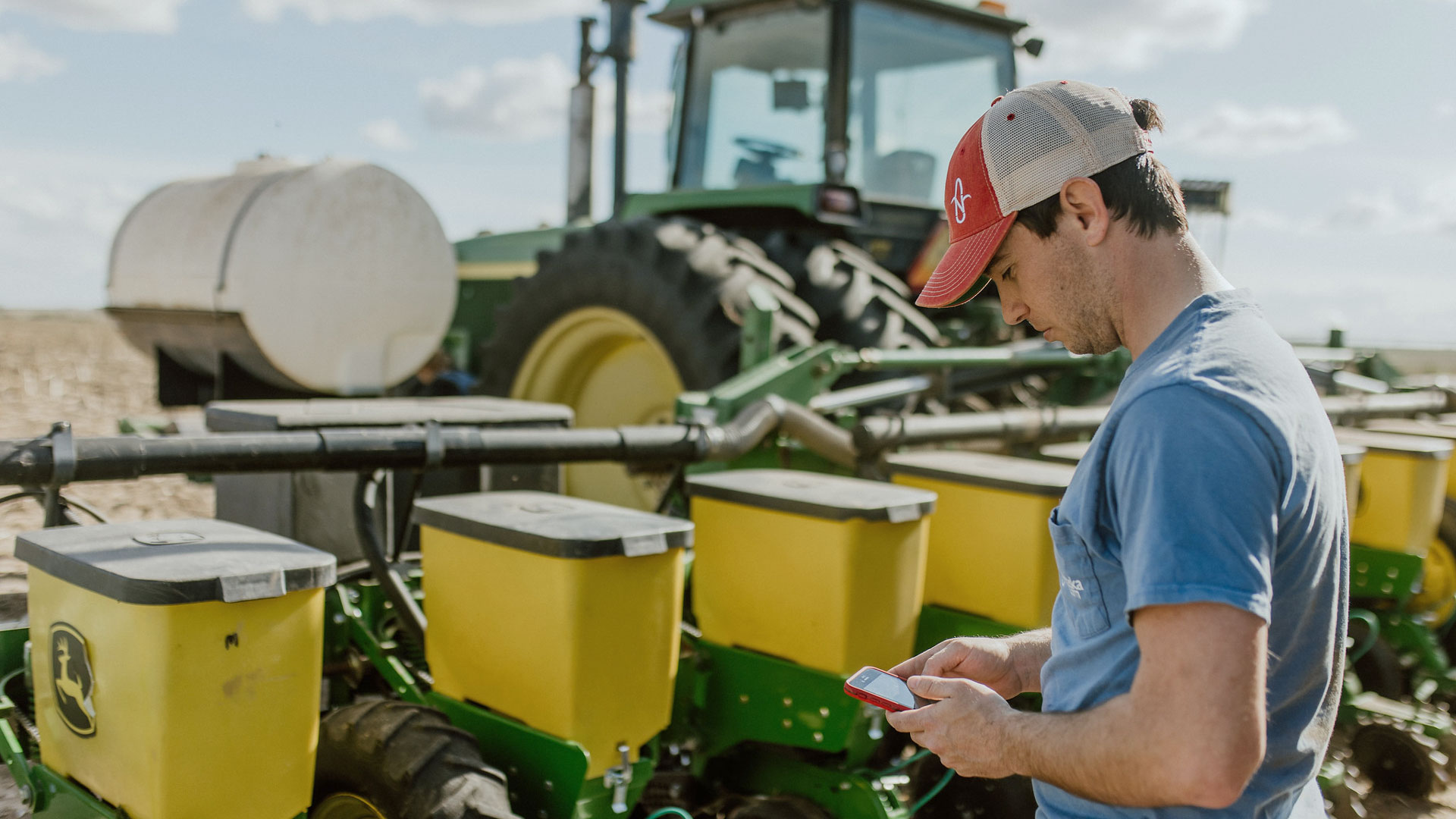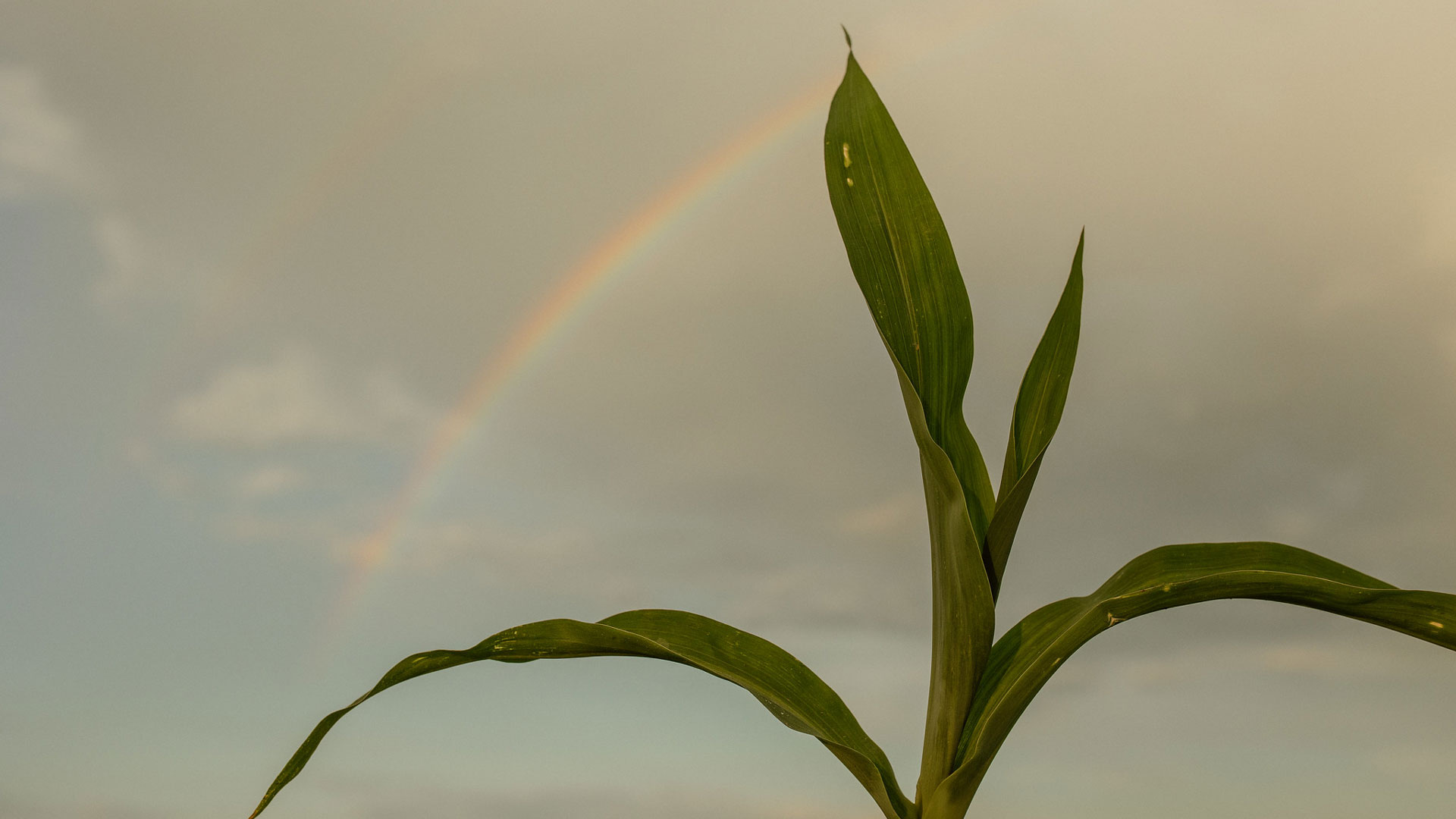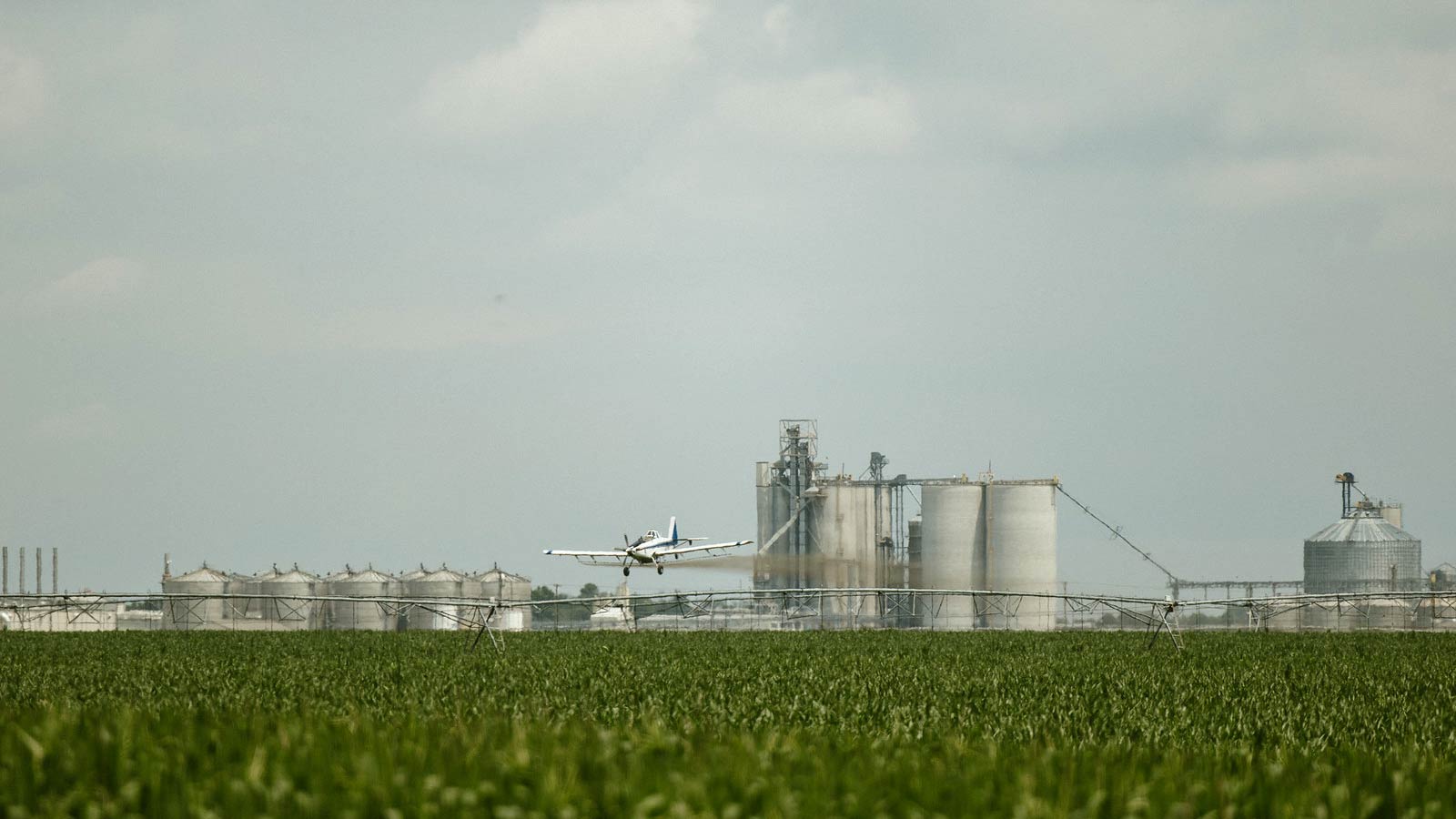Corn farming is a complex skill, one that benefits from a deep understanding of the land as well as adaptable planning. Farmers must understand the soil and nutrient requirements while also observing how conditions change year to year. Perhaps most important, corn farmers draw on the wisdom of previous generations and their years of experience to make the best decisions for their crop.
Nebraska’s corn farmers are some of the best in the world, producing high-quality corn for food, fuel and daily life across the country. But how do they do it? It’s a little more involved than you might think! Let’s look at how Nebraska farmers plant and grow corn.
When Do Farmers Plant Corn?
Farmers in Nebraska usually plant corn around April 15, which is itself a rough estimate of the last frost. The vast majority of planting takes place in April and May, although corn can be planted as late in the year as June 5. Corn is planted around this time because the soil temperature is warm enough for the seed to germinate. Corn needs 48 hours of soil temperatures warmer than 50 degrees to successfully germinate from seed.
Like any plant, corn also needs sufficient moisture. Planting in April and May precedes the drier summer months, helping seeds get enough water. But at the same time, too much moisture could lead the seed to rot. When planted too early, snowmelt and other sources of lingering moisture overwhelm the seeds. Additionally, the physical process of planting is a lot harder when fields are still cold and muddy from winter.
Planting can and often should begin as soon as growing conditions permit. Corn has a long growing season, and timely planting gives corn the most time to reach maturity. If necessary, farmers will apply fertilizer to the crop to give the corn a burst of growth at the start of the season.
How Do Farmers Plant Corn?
Farmers plant corn seeds with a piece of equipment called a planter. Corn kernels are first loaded into the planter, which is pulled across the field using a special tractor. The planter injects each corn seed into the ground, ensuring each kernel is evenly spaced and at a consistent depth. This prevents the seeds from competing with one another for moisture and nutrients.
How Do You Prepare Corn for Planting?
The first thing farmers do to prepare their corn for planting is to select seed varieties ideal for their local growing conditions. Each variety of corn seed has its own strengths and weaknesses. For example, some varieties mature faster while others are more resistant to pests or disease. Farmers must carefully consider their available resources and expected challenges to pick the best seeds.
A common thread in many farmers’ choices is looking for seeds that have been treated for an extra layer of protection from pests and disease during germination. This helps ensure more corn survives thrives the entire process from planting to harvest.
How Long Does It Take for Corn to Fully Grow?
The total length of time corn needs to grow depends on the seed variety as well as environmental factors like temperature and rainfall. Modern seed varieties are selectively bred for production qualities like fast growth or higher yields. In general, however, most corn produced in Nebraska will be fully grown within 95 to 115 days.
When Do Farmers Harvest Corn?
Corn farmers in Nebraska harvest their crop in the fall months. The vast majority of the state’s corn is harvested between early September and October, although some fields may be harvested earlier or later depending on conditions. Some corn can even be harvested as late as December because of rain and too wet of conditions to harvest for a combine in the field!
Some farmers adjust their harvesting schedule based on storage capabilities. Corn can be kept in silos or grain bins to dry or if farmers want to monitor prices, but they’ll need to keep a close eye on the moisture content. Corn kept in storage can accumulate moisture and lead to rot and mold if the temperature and dryer isn’t turned off at the appropriate time.
How Do Farmers Harvest Fresh Corn?
Like other steps in the growing process, the best way to harvest corn depends on the type. Field corn makes up the majority of corn grown in Nebraska and is harvested dry. The stalk should be a golden brown with hard, densely packed kernels.
Fresh corn, however, needs to be harvested before the plant itself dries out. Known primarily as sweet corn, the kernels are still developing when harvest begins. Because it matures more quickly, sweet corn is usually harvested in July when the kernels are juicy and tender.
Sweet corn harvest is often done by hand, the cob is grabbed near the base with one hand and snapped away from the plant using a quick downward motion. Ears are then loaded onto trucks or wagons before shipping out or delivered locally. Some fresh corn goes straight to market while some is sent to processing plants to be frozen or canned.
Better Farmers Grow Better Corn
Interested in learning more about the techniques and technology Nebraska corn farmers use? From seed to stalk, there’s always more to discover! Explore all our resources for more information about this essential crop. You’ll also foster a deeper appreciation for the skill and hard work that goes into agriculture.




